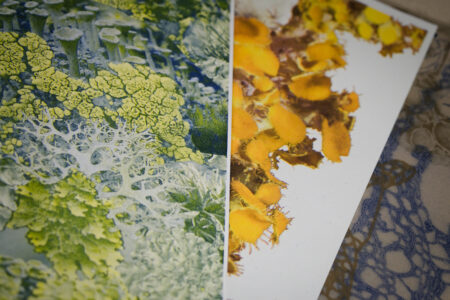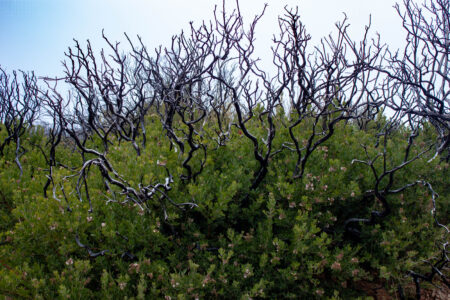12th Annual Santa Barbara Botanic Garden Conservation Symposium | Join Us Live
- Instructor
- Santa Barbara Botanic Garden
- Location
- SB County Education Auditorium (4400 Cathedral Oaks Road, Santa Barbara, CA 93110)
- Date
- February 8, 2025
- Time
- 10:00AM - 4:00PM
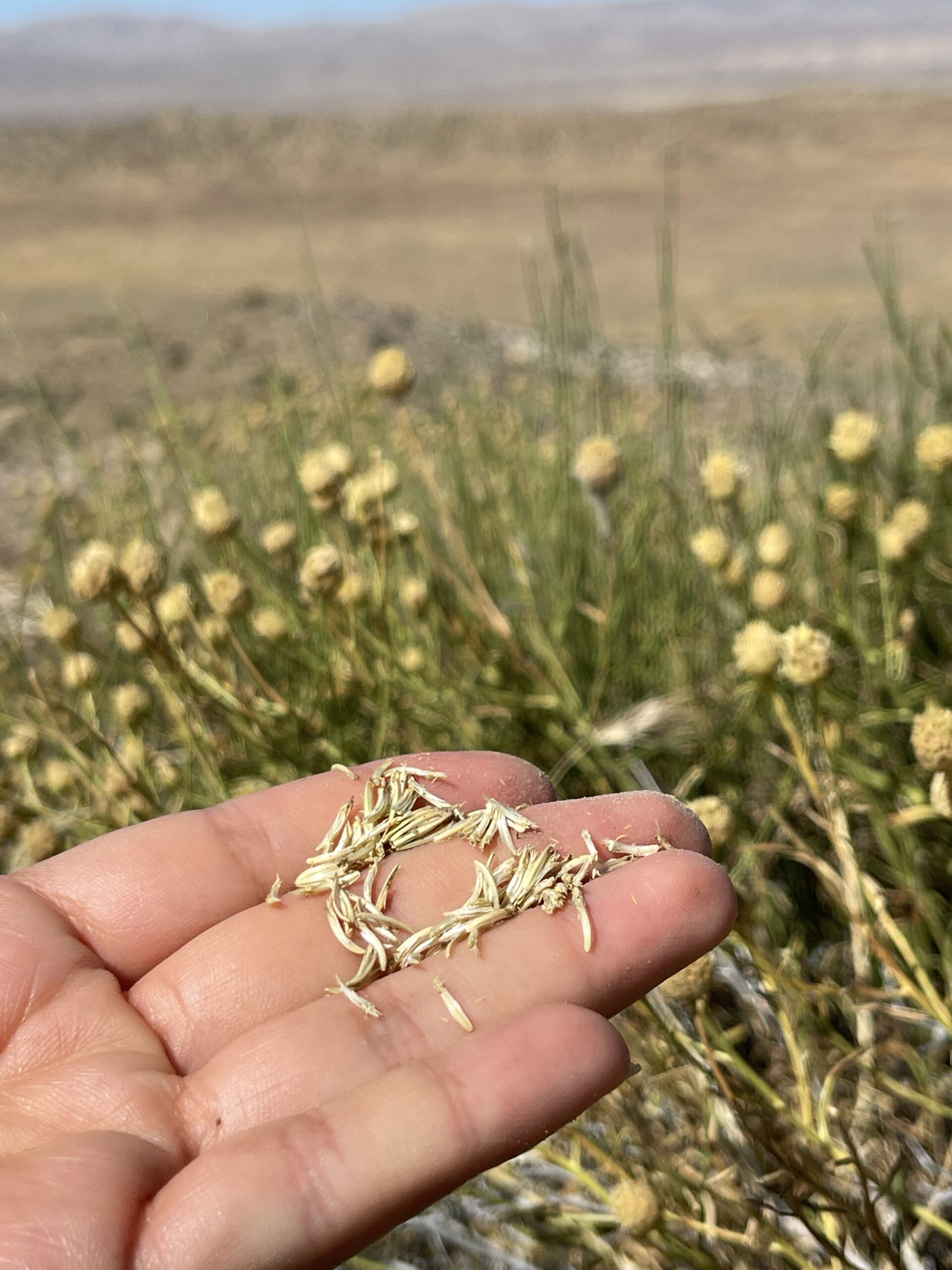
Explore more topics
Seeds of Change: Conservation Through Diversity
Presented by the Nakashima-Rennie Family
Join us for our 12th Annual Conservation Symposium presented by the Nakashima-Rennie family, where our community and scientists come together to celebrate the incredible world of seeds and their vital role in restoring habitats and conserving rare species. This year’s theme, “Seeds of Change: Conservation Through Diversity,” will explore the fascinating diversity of seeds, emphasizing their importance as living resources crucial to our planet’s ecological health.
Seeds are not just the foundation of life but are also powerful tools for restoration. We’ll discuss how diverse, regionally-adapted seed collections are essential to successful habitat restoration and the preservation of rare species. Genetics play a critical role, and our speakers will explain why maintaining genetic diversity in seed collections is key to resilient ecosystems.
Across the nation, movements like Seeds of Success, Seed LA, and the Northeast Seed Network are leading the charge in collecting, growing, and storing native plant seeds. At this symposium, you’ll hear directly from growers and conservationists who are at the forefront of these efforts. They’ll share their experiences and insights on what it takes to build and maintain robust seed banks and how these efforts are shaping national and regional native plant seed strategies.
We will also highlight the growing momentum behind these strategies and how the Garden and other regions are using this to guide conservation practices. Whether you’re a seasoned conservationist or a passionate newcomer, you’ll leave with practical knowledge on how you can contribute to these vital efforts.
Together, we can all play a part in conserving our natural heritage, one seed at a time. Don’t miss this opportunity to connect, learn, and be inspired to make a difference!
Thank you to our event sponsors:
The Nakashima-Rennie Family | S&S Seeds | Cox Communications | Barbareño | The Steward Hotel
Event Details:
Date: February 8, 2025
Time: 10 a.m. to 4 p.m.
Location: SB County Education Auditorium at 4400 Cathedral Oaks Road, Santa Barbara, CA 93110
Registration for this event has closed. We hope you will still join us for our YouTube Livestream.
Schedule of Events
| 10 –10:30 AM | Welcome and Introduction Denise Knapp, Ph.D., director of conservation and research at Santa Barbara Botanic Garden |
| 10:30 – 11:10 AM | Peggy Olwell, Bureau of Land Management | 2025 Pritzlaff Conservation Award Winner Seeds, Sustainability and Society | Plants are vital to life on earth – whether as food, fiber, medicine, or the air we breathe. Yet plants are underappreciated and seeds even more so. The UN’s Decade on Ecosystem Restoration (2021-2030) highlights a global need of 1.9 billion tons of native seed to restore damaged ecosystems. We need a significantly greater quantity of locally adapted native seed than is commercially available. To meet this demand, it is necessary for federal, tribal and state governments to work together and with partners to build networks of native seed collectors, native seed researchers, native seed farmers, and restoration ecologists. Additionally, infrastructure for ecological restoration needs to be developed to support these efforts. |
| 11:10 – 11:35 AM | Naomi Fraga Ph.D., California Botanic Garden From Field to Freezer: Seed Banking the Golden State at the California Botanic Garden | The California Seed Bank at the California Botanic Garden was established in 1984 as a means to support the Garden’s living collection. Since its inception, the collection has grown in size and scope. It is now the largest seed bank dedicated to California native plants with nearly 6,000 unique collections representing over 2,000 kinds of plants. Take a journey up and down in California as we explore the California Seed Bank’s programs and collections. |
| 11:35 AM to 12 PM | Heather Schneider, Ph.D., Santa Barbara Botanic Garden One Seed at a Time: Rare Plant Conservation and Recovery | Rare plant conservation focuses on protecting and restoring the most vulnerable members of native ecosystems. Seeds play a foundational role in our efforts by allowing us to safeguard a portion of wild biodiversity in conservation seed banks and also facilitating research and recovery actions. At Santa Barbara Botanic Garden, we use seeds to understand, protect and restore California’s rare plants both at the Garden and in wild places across the state. In this talk, I’ll explore how we use seeds as an insurance policy against extinction. |
| 12 – 1 PM | LUNCH |
| 1 – 1:25 PM | Amy Vandergast, Ph.D. U.S. Geological Survey Harnessing Genetics: Get the right seed in the right place at the right time | The mission of the National Seed Strategy is to ensure the availability of genetically appropriate seed to restore viable and productive plant communities. But how can we help ensure that we use the right seed in the right place at the right time for successful restoration? Measuring the variation in plant genomes across different populations within a target species provides insight into patterns of reproduction, movement of seed and pollen, levels of standing genetic variation, and adaptation to local environments. Together this information can help restoration projects better match source and recipient sites (seed transfer zones) instead of relying on broad climate zones or general rules of thumb. |
| 1:25 – 1:50 PM | Antonio Sanchez, Santa Monica Mountains Fund Not So Traditional – Indigenous Seed and Plant Knowledge, and Growing One Million Plants from 999,999 Seed | How do we build a 50 piece puzzle that is missing half the pieces? How do we restore 50 acres near Downtown Los Angeles without half the traditional species and no local seed? The 1st part of this lecture highlights a few stories of indigenous Californians working with native seed while, at times, attempting to piece together incomplete and fragmented plant memories. The 2nd part of the lecture focuses on challenges all native plant people, indigenous and non-indigenous, face when attempting to collect and use native seed for local native plant projects. |
| 1:50 – 2:15 PM | Tom Kaye, Ph.D., Chief Scientist, Institute for Applied Ecology Seed to Shining Seed: How we can help plants save the world | Native plants are at the center of healthy ecosystems and human vitality, and their importance has become even more pronounced as global environmental stress has fragmented the landscape and pushed many species toward extinction. Dr Kaye will discuss the role native plant diversity plays in supporting a resilient natural world where people prosper, and how we can support habitat restoration through selecting plants that are locally adapted and able to meet climate change head one. He will also describe the large-scale grassroots development of partnerships that pool resources for the production of native seeds for restoration at the local level. |
| 2:15 – 2:40 PM | Genevieve Arnold, Theodore Payne Foundation for Wild Flowers & Native Plants Strength in Seeds: Supporting Regional Biodiversity with Locally Sourced Plants | Native plant landscapes can help build habitat connectivity in urban environments; the incorporation of locally sourced plants furthers the ecological value of these landscapes. Theodore Payne Foundation for Wild Flowers & Native Plants’ Local Source Initiative is a multi-faceted conservation program that supports regional plant and wildlife relationships by increasing the number of appropriate ecotypes in urban, suburban and wildland interface landscapes. Through our conservation seed bank, robust regional partnerships and nursery program, we are growing awareness of our local flora while enabling the public to utilize native plants for impactful support of regional ecosystems. |
| 2:40-3:10 PM | BREAK |
| 3:10 – 3:50 PM | Panel Discussion | From Seeds to Action: Cultivating Change with Native Seeds |
To keep up with the latest Garden announcements subscribe to our newsletter at the bottom of this page and follow us on social media @SBBotanicGarden
Scroll for Speaker Bios
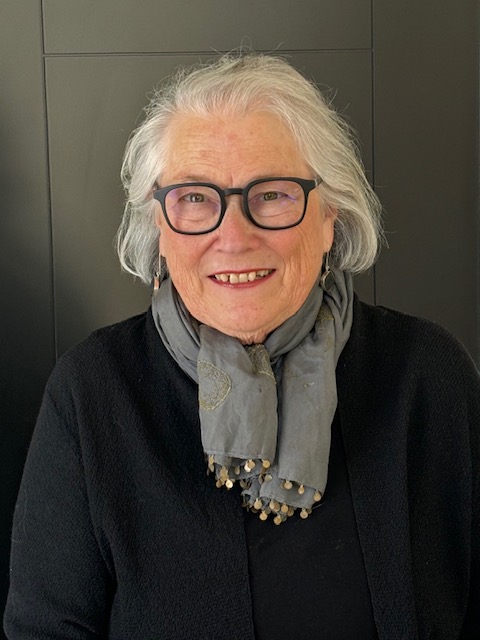
Peggy Olwell, Bureau of Land Management
Our 2025 John C. Pritzlaff Conservation Award winner. Peggy Olwell is the Plant Conservation & Restoration Program Lead for the Bureau of Land Management in Washington, DC. Peggy built the BLM’s nationally recognized Native Seed Program, which promotes the use of native plants in habitat conservation and restoration projects. She was instrumental in developing the Plant Conservation Alliance in 1994, a partnership of 12 federal government agencies and over 380 state and private organizations. She has served as chair of the PCA Federal Committee and led the effort on the 2015 National Seed Strategy. Peggy co-edited an Island Press publication entitled Restoring Diversity: Strategies for Reintroduction of Endangered Plants. Recently, Peggy co-authored the Springer book Seeds of Restoration Success: Wild Lands and Plant Diversity in the U.S. Peggy has worked on plant conservation and endangered species issues for more than 30 years in positions with the National Park Service, Center for Plant Conservation , and US Fish and Wildlife Service. Peggy received her undergraduate degree in Botany from the University of North Carolina at Chapel Hill and her masters degree in Biology from Southern Methodist University.
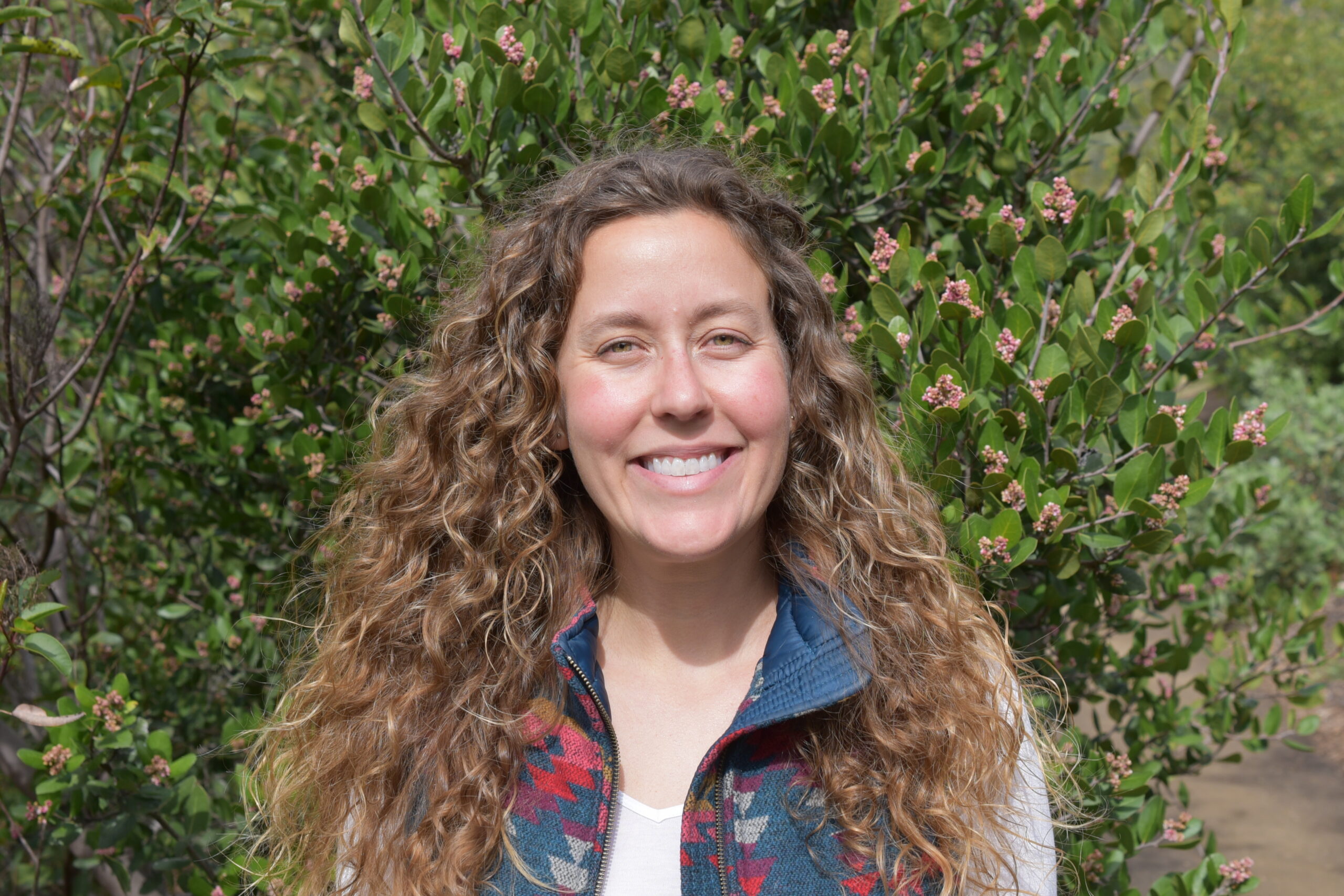
Heather Schneider, Ph.D. Santa Barbara Botanic Garden
Heather Schneider, Ph.D., oversees the Rare Plant Conservation Program at Santa Barbara Botanic Garden, which includes conducting research, implementing conservation and recovery actions, managing the Conservation Seed Bank, and providing outreach and education opportunities focused on California’s rare plants. Heather’s research interests and experience are in plant ecology, seed banks, conservation, invasive plants, and evolutionary biology. She earned a doctorate in botany and plant sciences from the University of California, Riverside, worked as an ecologist for the U.S. Geological Survey, and was a postdoctoral scholar at the University of California, Santa Barbara, before joining Santa Barbara Botanic Garden. Heather has been working to understand and protect the California flora since 2005.
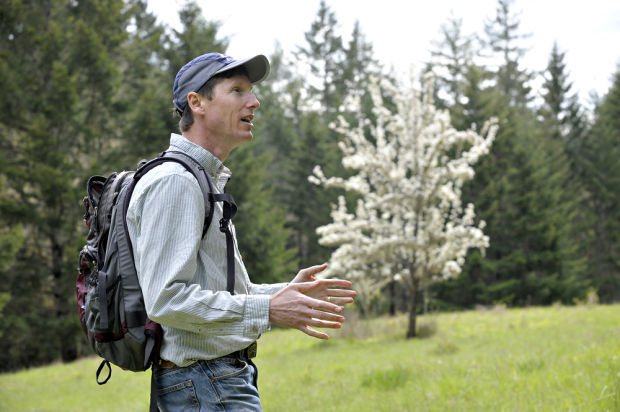
Tom Kaye, Ph.D. Institute for Applied Ecology
Tom Kaye, Ph.D., is founder and Chief Scientist at the Institute for Applied Ecology. Tom specializes in habitat restoration, pollination biology and pollinator conservation, invasive species control, endangered species reintroduction, population dynamics of plants, population viability analysis, monitoring and conservation planning. Sourcing native plants for restoration with climate resiliency is a key area of interest, research and publication for Tom. In addition, his interests include plant-pollinator interactions and plant systematics.
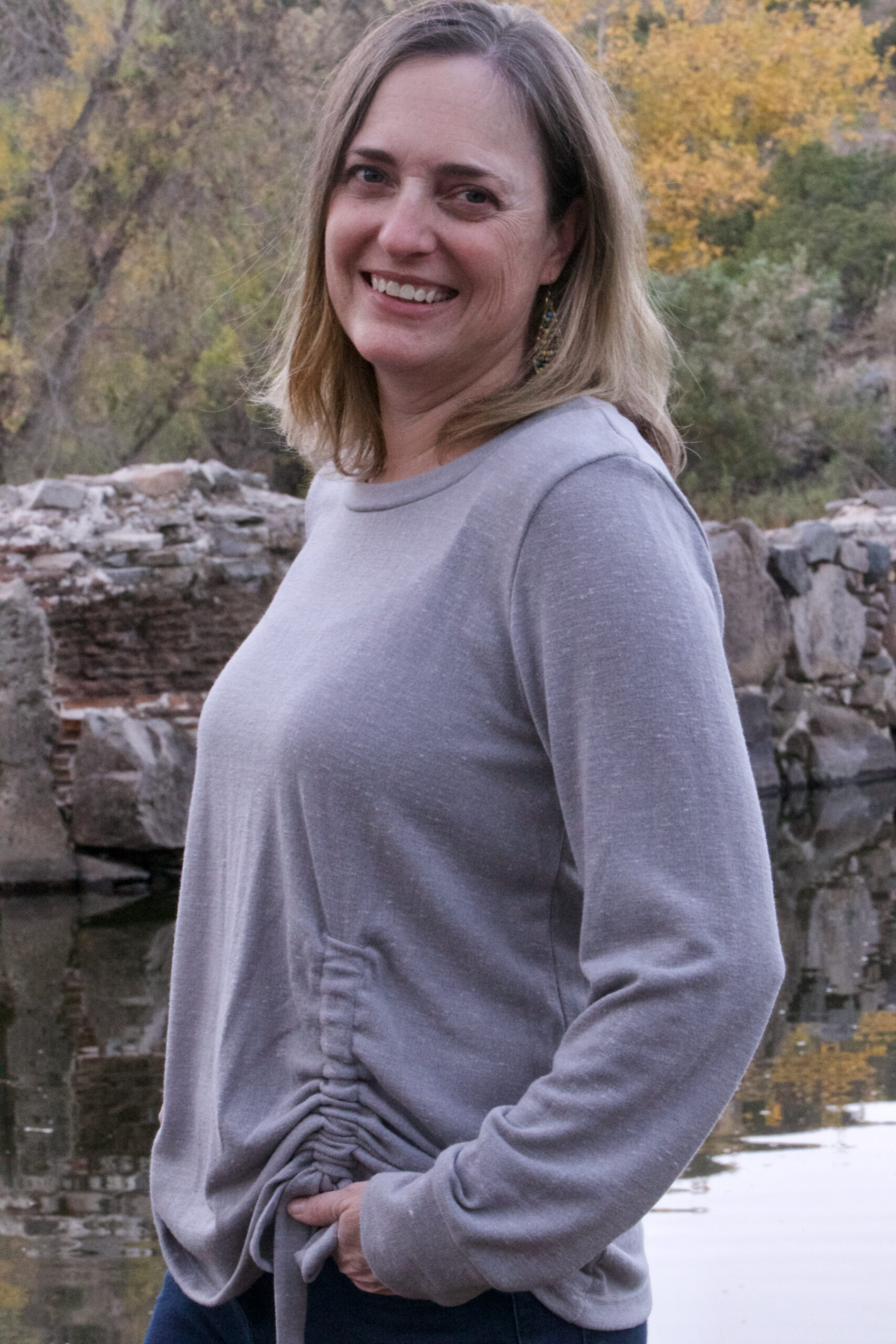
Amy Vandergast, Ph.D. USGS Western Ecological Research Center
Amy Vandergast, Ph.D. is a Research Geneticist with the Western Ecological Research Center. She develops and leads a research program in Conservation and Landscape Genetics and Genomics.
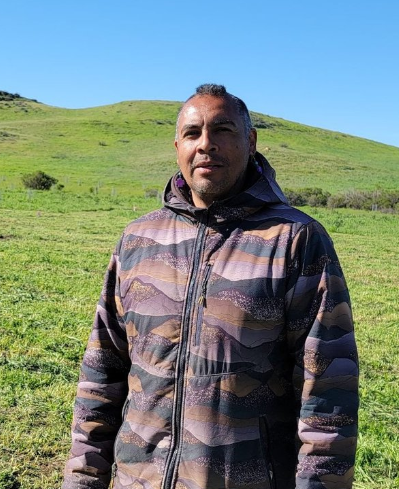
Antonio Sanchez, Santa Monica Mountains Fund
Antonio Sanchez is a force of nature, full of energy, unstoppable, and unforgettable. He’s built a unique program as the Rancho Sierra Vista Nursery Manager and Volunteer Outreach Coordinator for SAMO Fund. During the past four years, thanks to Antonio, the RSV Nursery has become a center for plant restoration for the Santa Monica Mountains, and known for its free plant giveaways to the public, seed conservation, educational internships, a robust volunteer base, training, workshops, community outreach and so much more.
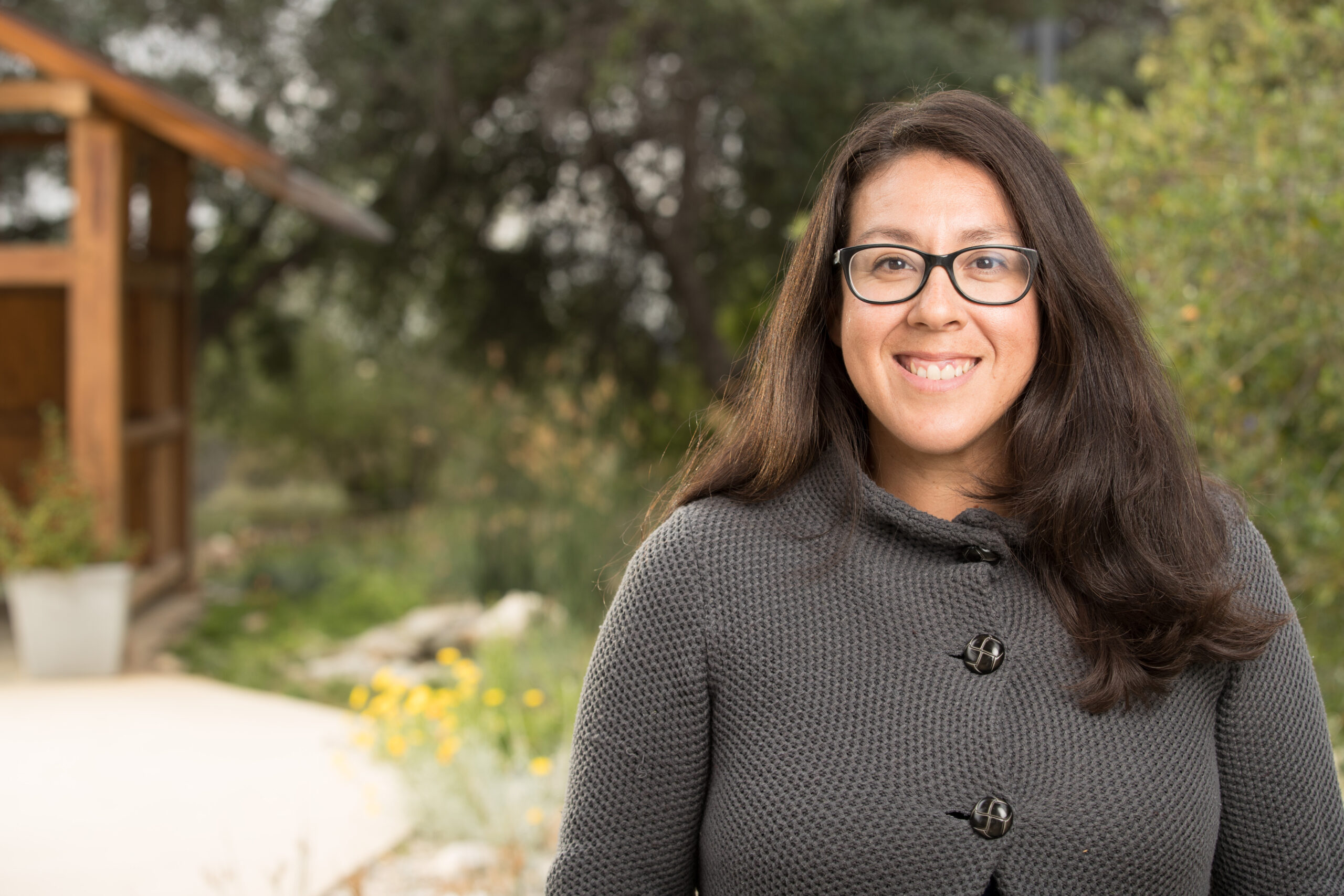
Naomi Fraga, Ph.D. California Botanic Garden.
Beginning her work at California Botanic Garden in 2001, Naomi Fraga, Ph.D., has taken on various roles and currently serves as the director of conservation programs. Naomi earned her Ph.D. in 2015 from Claremont Graduate University and Rancho Santa Ana Botanic Garden. Her research focuses on the systematics of the species formerly treated in the genus Mimulus (Phrymaceae) and commonly known as monkeyflowers, the floristics of California, the conservation of rare species, and pollination biology.
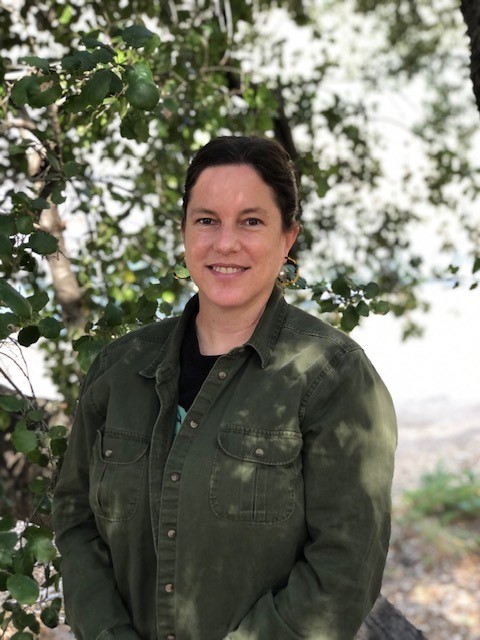
Genevieve Arnold, Theodore Payne Foundation for Wild Flowers & Native Plants
Genevieve Arnold serves as seed and conservation program manager at Theodore Payne Foundation for Wild Flowers & Native Plants; previously, she was seed conservation program technician at California Botanic Garden. Theodore Payne Foundation’s seed program houses a regionally-focused conservation seed bank, which is an integral component of their Local Source Initiative. Additionally, the seed program is active in collaborative seed banking and conservation efforts at regional and state-wide levels. A passion for plants, seeds, ethnobotany and native habitats as well as helping to create sustainable and ecologically inspired garden spaces has guided Genevieve’s dedicated years within the fields of native plant horticulture and conservation. She is a frequent presenter and teacher, and has been a contributing author on topics relating to California native plant gardening and conservation.
 Donate
Donate